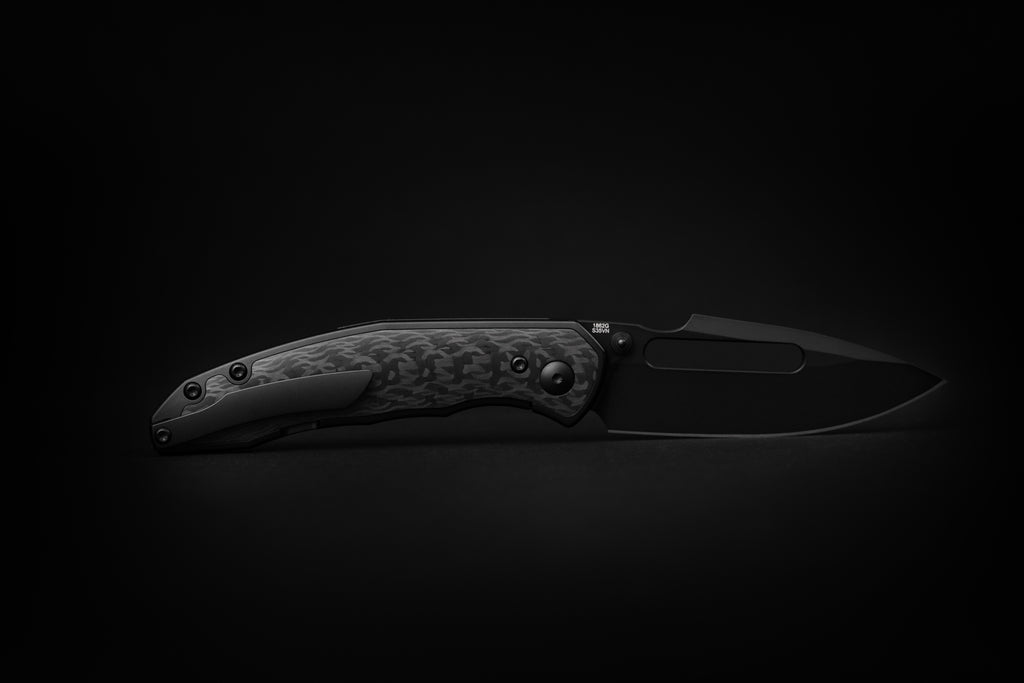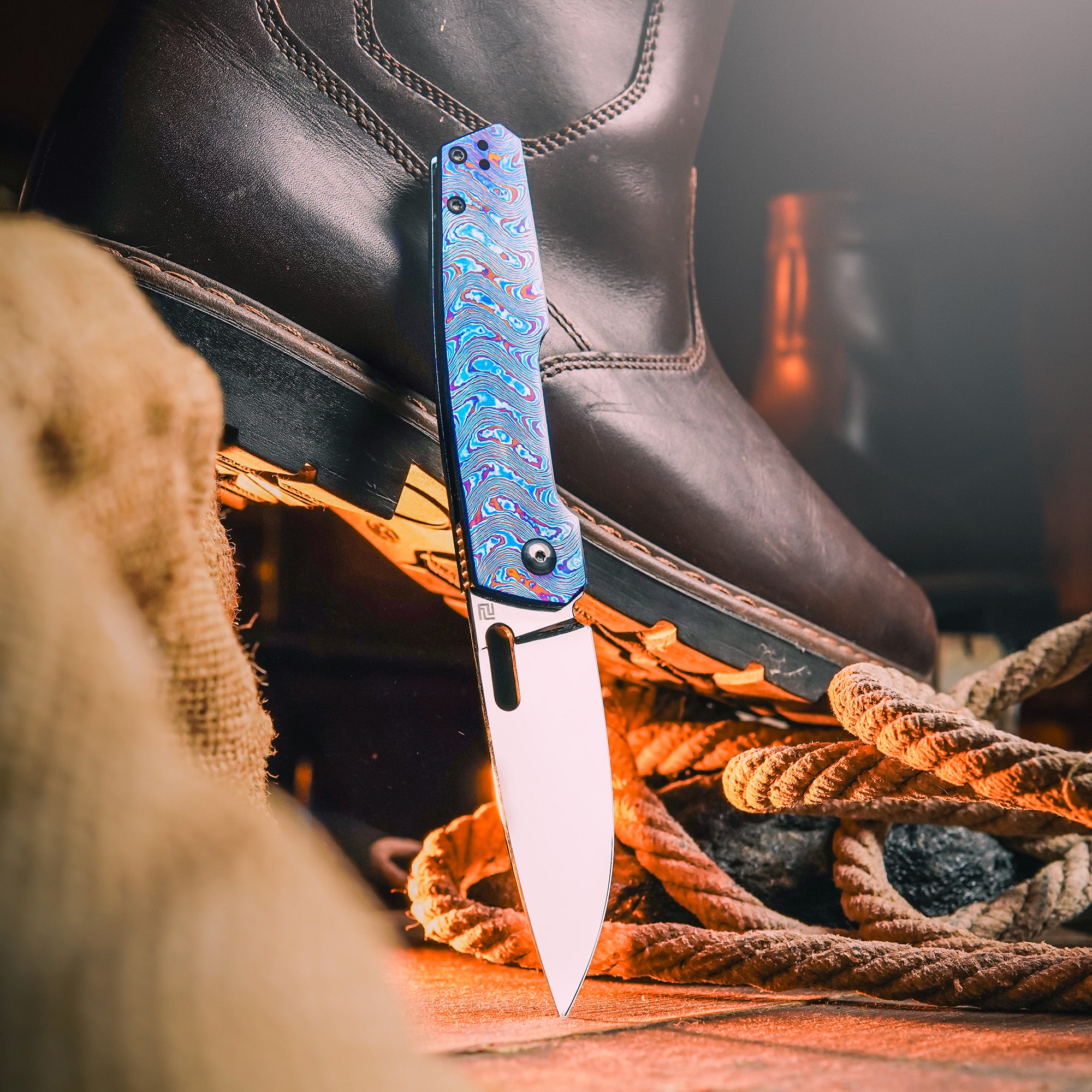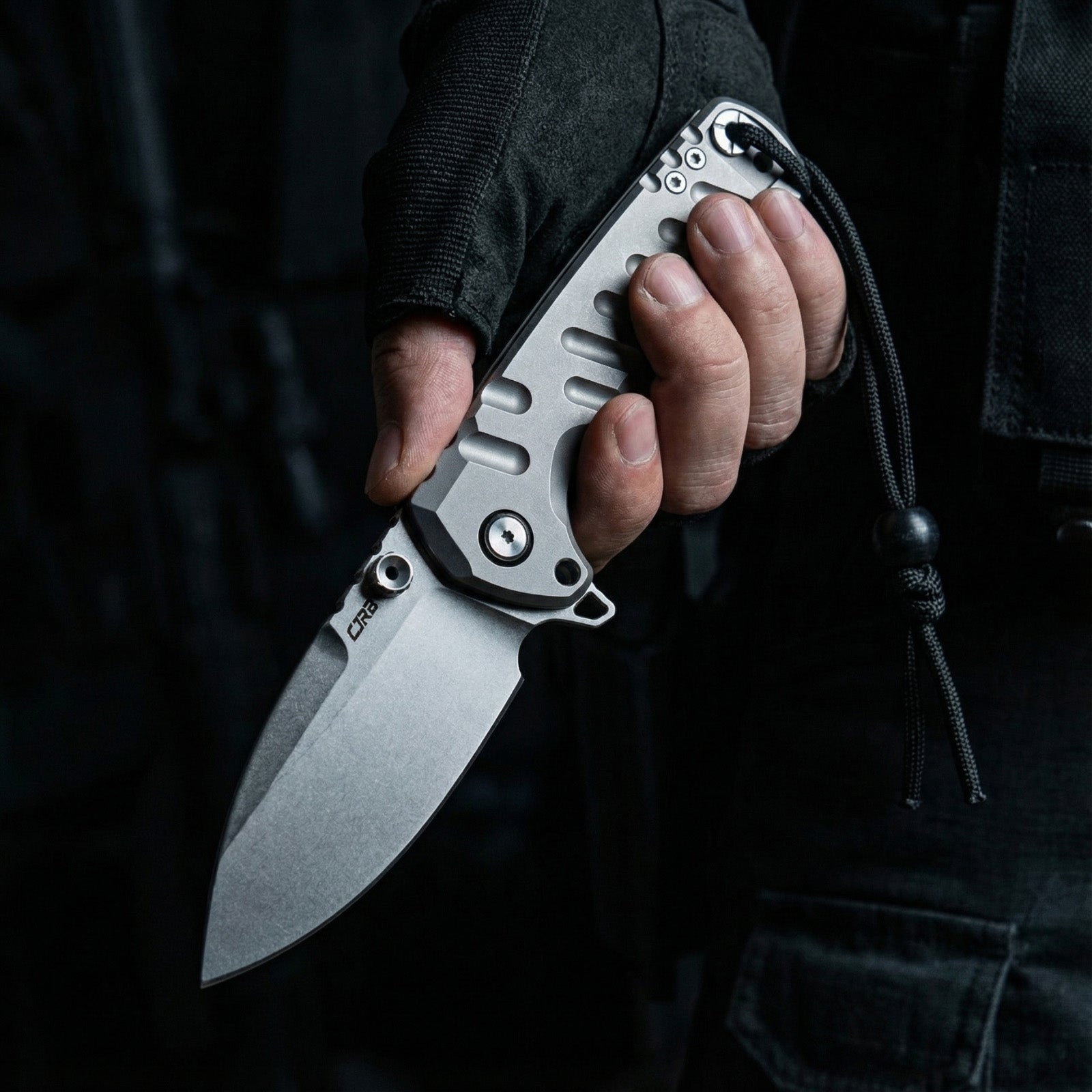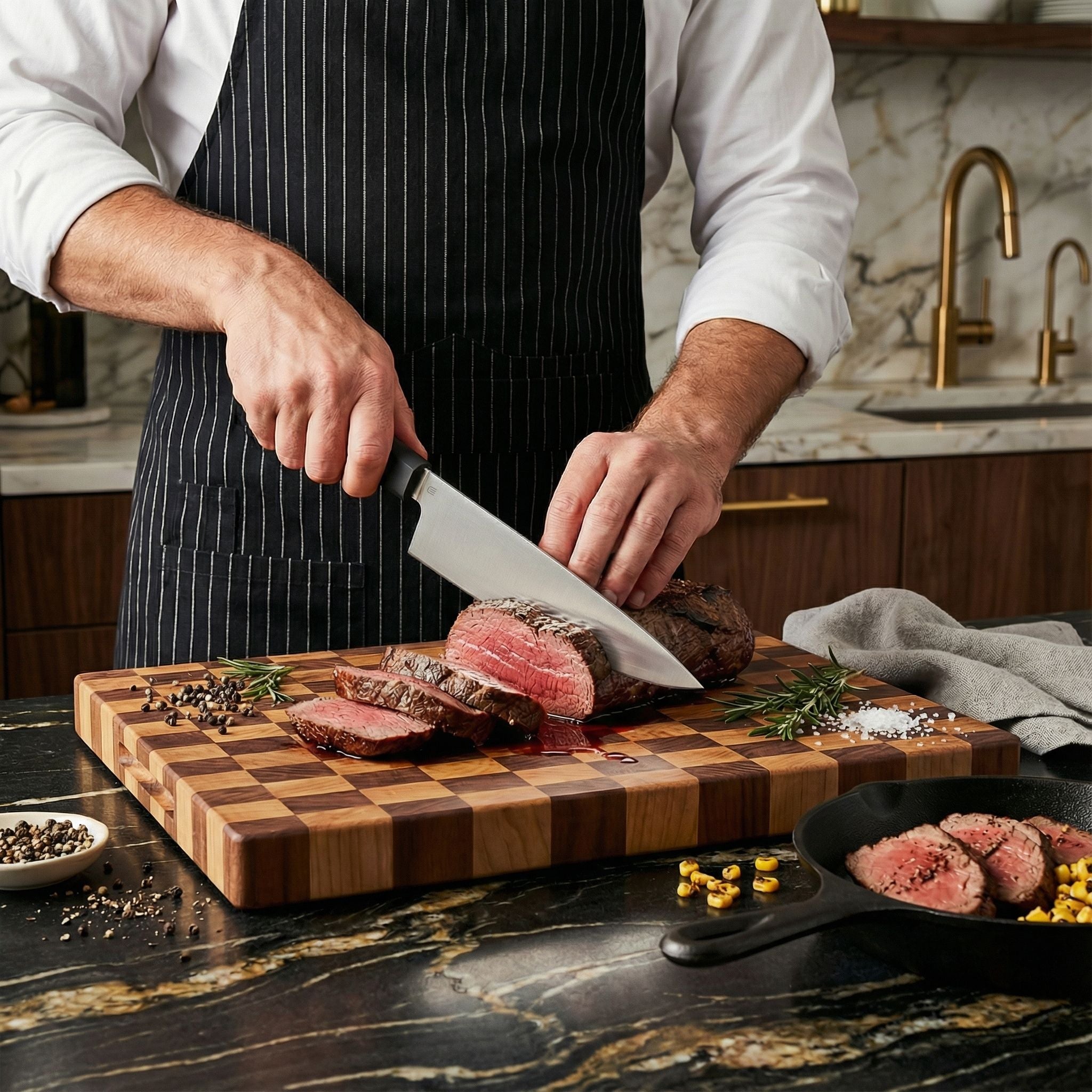A good survival knife can make the difference between life and death in an emergency situation. With so many options on the market, choosing the right survival knife can be daunting. Not all knives are created equal, so it's important to understand the key features that make a survival knife effective for wilderness and survival applications. This article will explore the most important factors to consider when buying a survival knife.

Blade Material
The blade is the heart of any knife, and material choice has a huge influence on performance. For survival knives, the top options are stainless steel and high-carbon steel. Each has pros and cons to weigh.
Stainless steel offers excellent corrosion resistance while still taking and holding an edge reasonably well. Types like 420 and 440 have decent toughness and are highly stain-resistant. However, they won't hold an edge as long as high-carbon steel.
High-carbon steels like 1095 are popular for survival knives because they take an incredibly sharp edge and have higher hardness to retain that edge. The trade-off is that they rust more easily without proper maintenance. Still, their superior cutting ability makes them ideal for survival purposes.
Consider your climate, typical uses, and maintenance habits when deciding between these two excellent blade materials for survival knives.
Blade Design
The shape and style of the blade directly impact how well a knife performs different tasks. Survival knife blades come in diverse designs, with the most common being clip point, drop point, and tanto point.
The clip point has a thin, sharp tip that excels at piercing and detailed tasks. It's also relatively narrow, making it less useful for chopping.
With its wider tip, the drop point has greater overall strength. It's perfect for tasks like splitting wood, carving, and slicing. The trade-off is having less piercing capability.
Finally, the tanto point is modeled after Japanese swords and has an extremely strong point optimized for piercing tough materials. It's not ideal for slicing but stands up to heavy-duty use.
Think about your intended uses and choose a blade designed specifically for those functions. Form follows function when it comes to blade design.
Blade Length
Determining the optimal blade length necessitates striking a delicate equilibrium between portability and performance. While shorter blades exhibit commendable compactness, they regrettably impose limitations on reach and leverage. Conversely, longer blades amplify these attributes while compromising the convenience of carriage.
For most survival knife purposes, the sweet spot resides within the range of 4 to 7 inches. Within this span, one can find an ample cutting edge tailored for survival tasks while still ensuring comfortable transportability.
Venturing below the 4-inch mark entails an unfortunate sacrifice in utility. Conversely, surpassing the 7-inch threshold renders transportation an arduous undertaking. By adhering to this recommended range, one can secure an effective blade length capable of deftly handling both intricate and extended tasks with equal efficacy.
Handle Material and Ergonomics
Your hand will literally grip the knife handle in life-or-death situations, so its construction is vital. The handle must provide a comfortable, secure grip in all conditions while being ultra-durable.
Common handle materials like rubber, G-10, and Micarta all have advantages. Rubber offers an extremely grippy and comfortable hold but can be less durable long-term. G-10 is made from fiberglass for hardwearing performance, while Micarta uses tough composites like linen for similar resilience.
Equally important as materials is the shape of the handle. An ergonomic survival knife handle with contours, finger grooves, and textured areas allows a solid grip during use. Any handle should feel like a natural extension of your hand.

Tang Construction
The tang refers to the portion of the blade that extends into the handle. Two main types are full tang, where the metal runs the handle's full length, and partial tang, where the metal stops short.
For optimal strength and durability, full-tang construction is preferrable for serious use. It allows the entire knife length to absorb and distribute impact. Partial tangs add weak points and can break under pressure.
The full-metal tang transfers and balances force along the whole blade and handle. This backbone provides the resilience needed in challenging survival situations. Don't risk partial tangs breaking off at critical moments.
Additional Features
Various extra features on survival knives can add functionality. These include options like:
- Serrated edges for sawing
- Lanyard holes for tying on gear or paracord
- Integrated fire starters
- Glass breakers
- Hollow handles for storage
While nice to have, none of these should be the deciding factor when choosing a survival knife. Things like blade steel, tang design, and ergonomics are much more essential. Consider bonus features a nice perk but not mandatory.
The last thing you want is a fancy knife packed with bells and whistles that fails at real survival tasks. Focus on durability and proven performance first and foremost.
Conclusion
Choosing the right survival knife requires careful evaluation of key features and understanding how they impact performance. Prioritize Blade Material, Tang Construction, and Ergonomics to get a knife truly capable of handling anything. Don't just be swayed by appearances and accessories.
A good survival knife will be your best friend in an emergency. Select it wisely based on your expected needs and environment. With so much riding on having a properly functioning knife, do your research to pick the very best option within your budget. The right survival knife can provide literal lifesaving performance as well as peace of mind.
Read More
- Fixed Blade Knives for Camping, Hunting, and Survival: Tips & Tricks! – Artisancutlery.net
- What Features to Consider When Buying a Survival Knife? – Artisancutlery.net
- How to Choose the Right Lock Type for Your Survival Pocket Knife? – Artisancutlery.net
- 🎉 Happy Thanksgiving, ArtisanCutlery&CJRB fam! 🦃 – Artisancutlery.net
- New Arrival CJRB LAGO J1926 AR-RPM9 POWDER STEEL G10 HANDLE FOLDING KN – Artisancutlery.net










Leave a comment
All comments are moderated before being published.
This site is protected by hCaptcha and the hCaptcha Privacy Policy and Terms of Service apply.